OU812 by Van Halen
Buy OU812 Following the success of the group’s first #1 album, 5150 (as well as the mammoth tour which followed), Van Halen scored similar success with the followed-up OU812 in 1988. These were […]
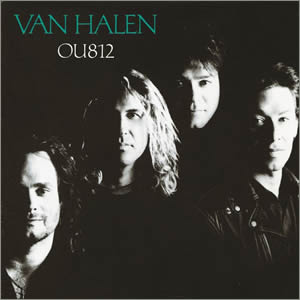
Buy OU812 Following the success of the group’s first #1 album, 5150 (as well as the mammoth tour which followed), Van Halen scored similar success with the followed-up OU812 in 1988. These were […]

Buy Outrider Although Jimmy Page had a pretty rich post-Led Zeppelin career, he only released one solo studio album, Outrider, in 1988. Originally intended to be a double album, the project was pared […]
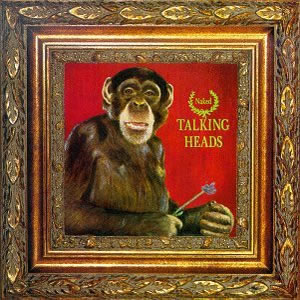
Buy Naked Talking Heads eighth and final album was Naked , released in 1988. The album was an attempt at a quasi-concept album which brings the listener to an ironically serene world following […]
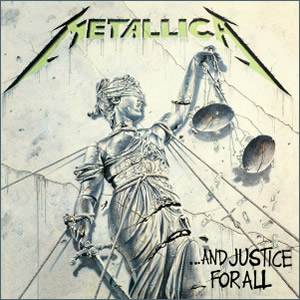
Buy …And Justice for All Metallica brought their fusion of progressive thrash metal into the mainstream with the double LP …And Justice for All in 1988. The album was nominated for a Grammy […]
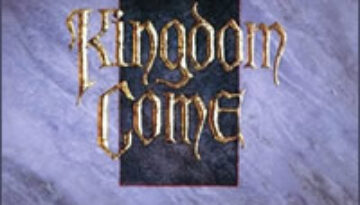
Buy Kingdom Come Kingdom Come released their well-received, self-titled debut album in early 1988. Led by German born front man Lenny Wolf, who co-wrote most of the album’s material with the group’s manager […]

Buy Synchronicity The Police saved the best for last with 1983’s Synchronicity, ending their short five year and five album recording career with their masterpiece. And although the album was once again co-produced […]
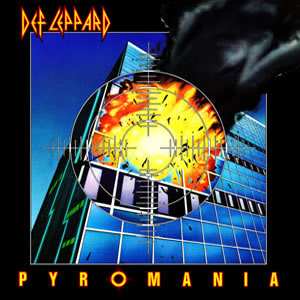
Buy Pyromania Def Leppard struck gold (well, actually diamond) with their third LP Pyromania. The album was a phenomenal success, eventually selling over ten million copies in the U.S. and being certified “diamond” […]
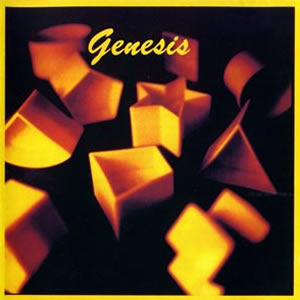
Buy Genesis Although it is titled like an eponymous debut, Genesis was actually the twelfth studio album by Genesis. The group decided to name it such because it is the first album on […]
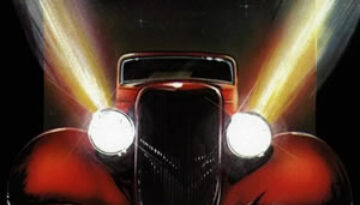
Buy Eliminator Since their inception in 1969, ZZ Top had a strong and successful career with decent album sales and scattered radio hits through the 1970s and into the early 1980s. With their […]
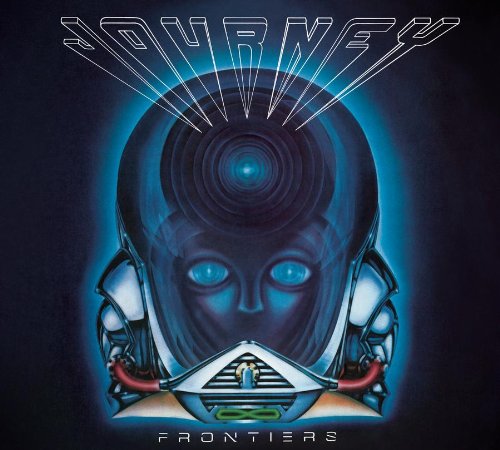
buy Frontiers Although not quite the commercial blockbuster of their previous album Escape, Journey‘s 1983 album Frontiers was a very close second commercially. The album reached #2 on the US charts, would garner […]